In recent years, there has been a noticeable increase in the number of female lead parts available in the film business. Most genres, on the other hand, don’t do a good job of handling the formidable skill set that comes with them, and the result is a bland, dull shell of a film.
For most genres, it’s disappointing that such great opportunities are squandered due to the ineptness of directors, producers, studios, and others, but horror films have done a far better and far more profound job portraying badass female lead roles that have become iconic evergreen films for years to come.
It’s always a treat to watch main parts crafted to perfection, and it’s even better when the story’s protagonist is a strong woman. Today, we’ll look at several horror films in which the female leads have nailed their key roles and clearly grasped the task at hand.
Tamara (2005)

It’s possible that high school will be a nightmare. Especially if you’re the odd man out (or lady out) in this case. Your friends may and will pick on you, insult you, and make every minute of your life a horrific nightmare during the few years you have there. Screw them and their idea of what normality is. These are the kinds of issues we deal with on a daily basis. So who better than one viciously evil living dead girl to deal with our annoying daily hardships and trials?
Tamara (Jenna Dewan) is an ugly and unpopular high school student who has been abused. She enjoys wizardry and has a love on Mr. Bill Natolly, her Literature instructor (Matthew Marsden). The issue turns the pupils against Tamara when his school’s storey about high-school athletes using steroids is published in the school newspaper in the hopes of enhancing her self-esteem.
To pull a prank on Tamara, three classmates enlist the help of three other dumb friends, but they accidentally kill her. Tamara returns from the dead owing to a magic and schemes a terrible evil vengeance against the group, attempting to separate Bill from his beloved wife, as there is a tie between Bill and Tamara due to a curse.
When Tamara steps into class, living and well, and looking more lovely than ever, they are taken aback. They persuade themselves that she was just unconscious and that she got herself out of the grave. The image on the screen abruptly changes to the footage of Tamara while Roger is viewing a movie in the school AV room that night.
Tamara confronts Roger after he removes the tape. She torments him with illusions of being buried alive, as well as his history of self-cutting. As is evident with further similar scenarios in the movie, the theme is basically revenge while also flaunting beauty, which is quite a deadly combo.
Tamara isn’t just enjoyable to see due of its narrative and amazing effects. Jenna Dewan delivers a powerful performance. To say she’s versatile is an understatement. She essentially plays two characters in the film. Tamara’s two sides are diametrically opposed, and Dewan simply switches between them seamlessly. Passionate horror fans will rejoice to learn that she spends the most of her screen time creating a new barely dressed and wonderfully wicked horror icon.
Tamara is a well-made, respectable little picture that will thrill, startle, and make you squirm at moments, and it deserves to be on our list.
Species (1995)
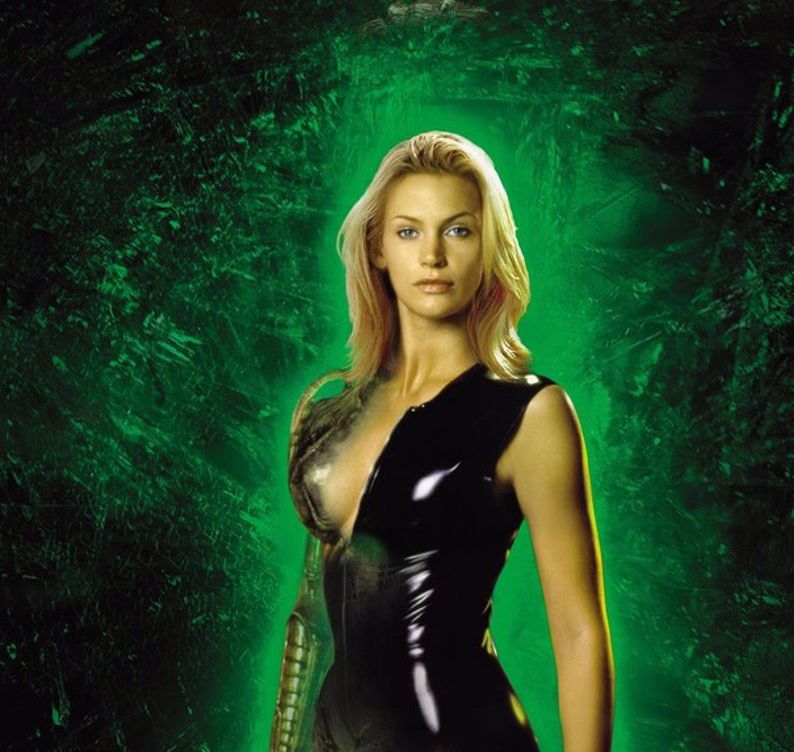
The film “Species,” directed by Roger Donaldson and based on a screenplay by Dennis Feldman, begins with a fascinating premise: radio telescopes pick up signals from space that can be translated to disclose a DNA string sequence that can be linked to our own.
As a result, a creature that is both human and extraterrestrial may be born, capable of living here but possessing characteristics of the other species. The experiment is carried out by scientists in a top-secret government lab, and the result is a lovely young girl. They are attempting to gas her to death in the first scene.
Because of her violent outbursts, the scientists consider Sil, the alien-human hybrid that has been produced, a threat. One day, they try to murder her with cyanide gas, but she manages to get free from her confinement cell. To track down and eliminate Sil, the government gathers a team that includes anthropologist Dr. Stephen Arden (Alfred Molina), genetic biologist Dr. Laura Baker (MargHelgenberger), Dan Smithson (Forest Whitaker), and assassin Preston Lennox (Michael Madsen).
Sil grows up quickly, becoming a grownup in her early twenties (Natasha Henstridge). Tracking her is incredibly tough due to her body strength, regenerating ability, and intellect. Scientists are concerned that she may mate with one of them. The rest of the movie consists of Sil desperately trying find partners to help reproduce her kind. She goes about it ways that are less than…ideal.
For its time, Species is a future science fiction picture. It’s entertaining and distinctive, and Sil is always delightful when she flaunts her wares onscreen. The picture is sensual, and Henstridge is gorgeous to look at. The director’s keen eye ensures that her more aggressive and violent parts are handled with care. When we are provided with some of Whitaker’s obvious and uninteresting insights, the film becomes even more interesting.
It’s also worth noting that it’s not quite as bad as most other tongue-in-cheek homages to body-snatching movies. Species may deliver a decent dose of cheap thrills, as well as a few chuckles, as long as you don’t stop to think about what’s going on. The plot is obviously ludicrous, but that’s where you have to suspend your disbelief. Don’t even think about bringing rationality into the equation. This film easily outperforms Judge Dredd in terms of high-tech, comedic action.To tie everything together, we get some witty dialogue and fast-paced action that is enjoyable and memorable.
Ginger Snaps (2005)
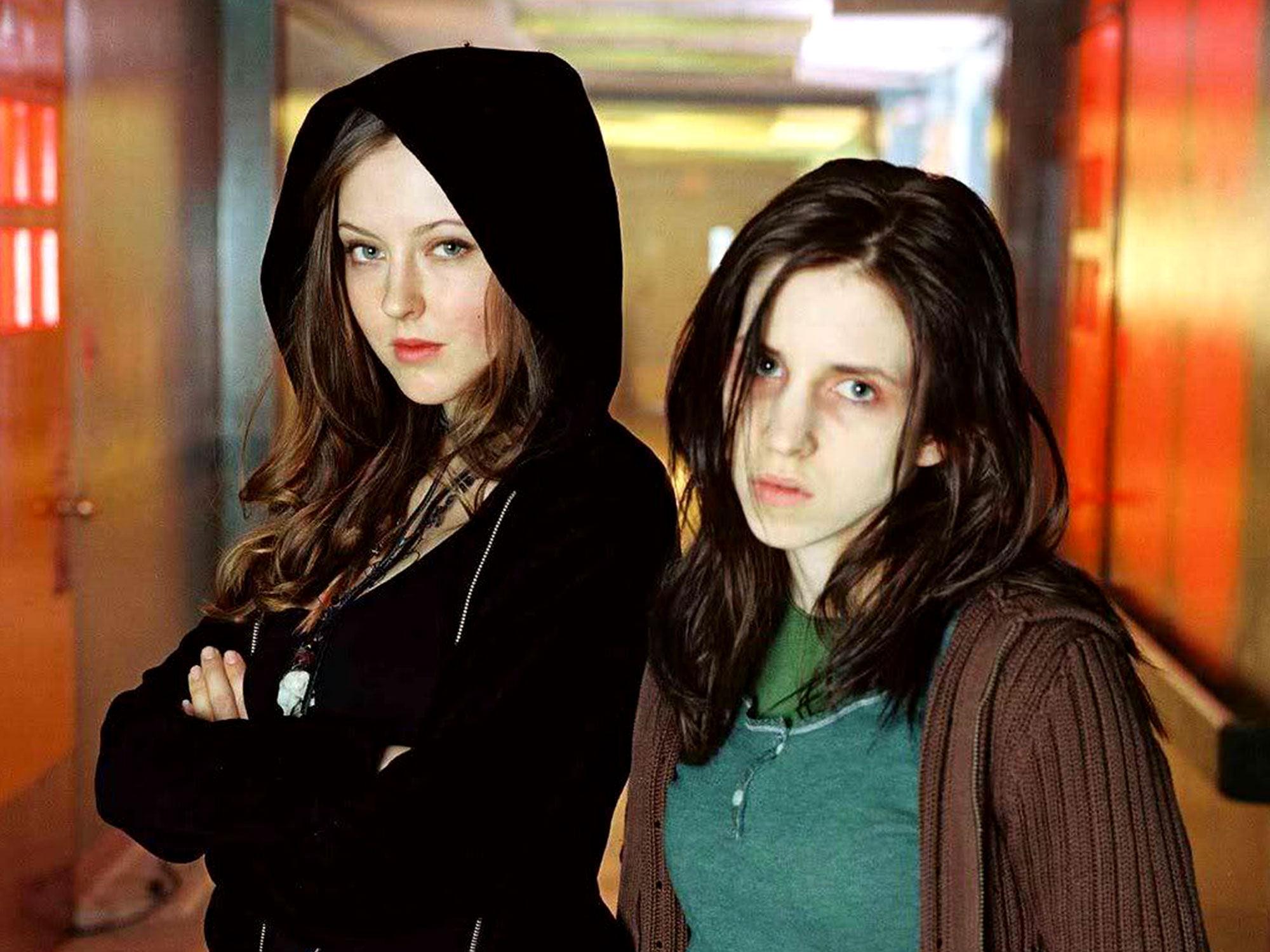
When the film opens, sisters Ginger (Katharine Isabel) and Brigitte Fitzgerald (Emily Perkins) are travelling alone across remote nineteenth-century Canada. They stumble onto an abandoned Indian camp, where a mysterious old woman delivers an unsettling warning: one of them must murder ‘the kid,’ or the other will definitely die.
Soon after, Brigitte falls into a trap; she is freed by an Indian hunter, who transports the two girls to neighboring Fort Bailey, a remote outpost whose resupply mission has been delayed for two months. Something is clearly amiss; the men are terrified of the two girls, and we soon discover why.
The fort has been attacked by wolf-like animals known as wendigo by the hunter. Anyone who is bitten becomes one of them. Without spoiling much, the movie then goes into a tumultuous series of explicit events that highlight how derailed Ginger gets, and the events and consequences of said events.
Ginger and Brigitte communicate in a pretty colloquial manner at times and in a period film at other times, which makes for an interesting writing style. It includes aspects from the original film (such as the notion of events repeating themselves), as well as a Red Riding Hood/Rose Red-Snow White story told in a simple manner with sisters.
Being a werewolf is linked to puberty and going through changes, inside this film. It seeks to strike a balance between Scream and The Company of Wolves (which, like Scream, used an artful technique to convey similar concepts).
It’s a fascinating portrayal of two sisters and how their lives alter as they grow up (plus, the pressure of being a teenager and in school). The story’s actual plot wanders a little and slips into several horror tropes, but the story’s ideas elevate it above the clichés.
Emily Perkins and Katharine Isabelle, who play the protagonists, are fantastic. In that they are unhappy while being better than their false rich schoolmates, the goth Fitzgerald sisters are (intentionally) a cliché of outsiders. Mimi Rogers’ portrayal of the mother (who is one of the weaker portions of the plot) is a little over the top, and Jesse Moss feels a little wasted in the end.
Ginger, before wolfing out, resembles the vampires from Buffy the Vampire Slayer. The werewolf isn’t the best I’ve ever seen, and he seems a little puppet-like, but the movie’s themes help carry it and make it a must watch definitely.
All the Boys Love Mandy Lane (2006)
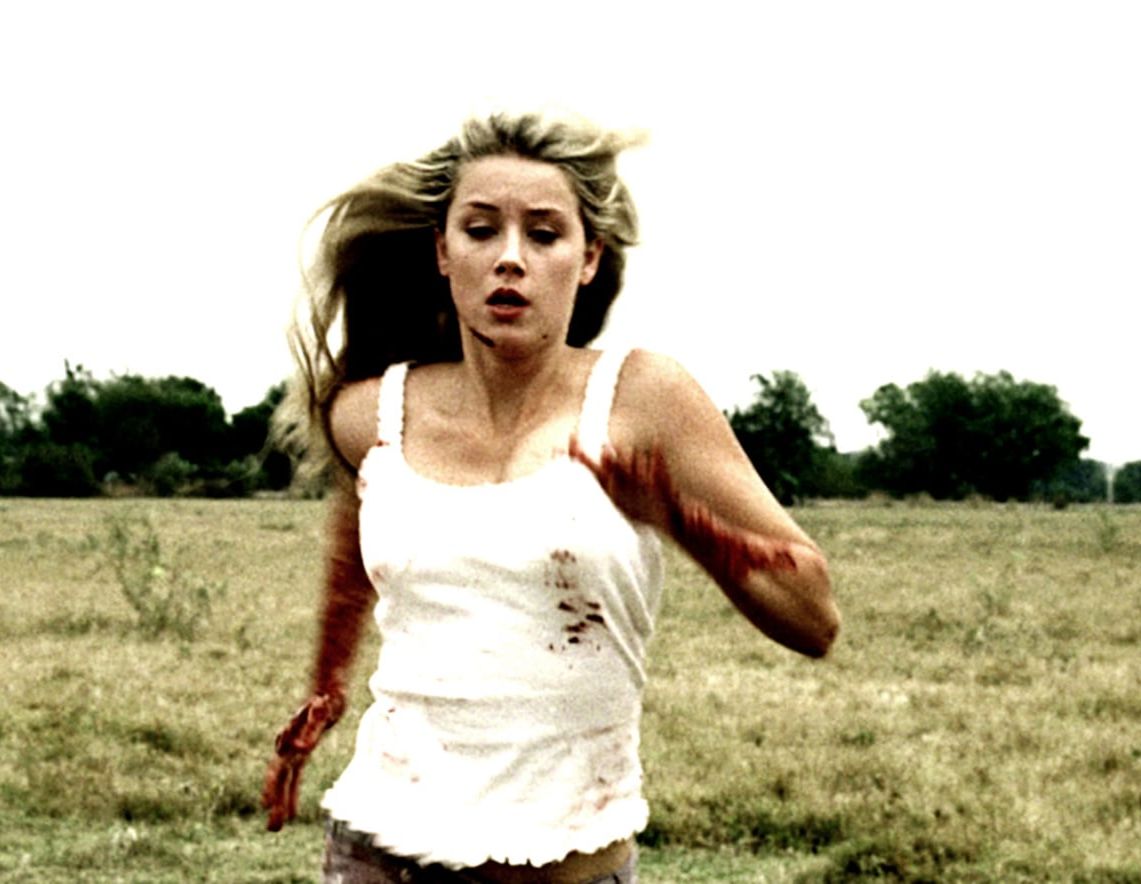
After a deadly catastrophe at a party, Mandy (Amber Heard) becomes an outcast, with her friend Emmet (Michael Welch) bearing the brunt of the blame. Mandy is attending a secret ranch event with Chloe, Red, Bird, Jake, and Marlin, under the watchful eye of ranch employee Garth, in an attempt to put her past behind her.
As the story progresses, the body count continues to rise. A cloaked murderer stalks in the darkness, the gang shrinks. While the movie tries to appeal to the “Friday the 13th” formula, it quickly becomes apparent that something is bigger than that.
The dynamics are quite normal, with the usual “overly worried few” and “dramatic others” rounded out by Red, the party animal. Further along, the movie navigates through very sensually, teen-hormonally charged scenarios and a somewhat predictable ending which we still will not spoil for you today.
As you can see, this film has it all: an exciting and entertaining storyline, a teen horror film with a twist, a filmmaker who loved the 70s slasher feel and incorporated it into every detail of the film, the yellow orange colours are all around us to give it an old school vibe, the decor, cars, and character aesthetics all have a slight but effective sprinkling of that retro flair, and combine that with massive cornfields and just the right amount of sun flares.
Its smooth and leisurely pace allows you to engage yourself with the characters to the point where you care about their deaths, which is something that teen slasher films rarely do. The first person in this film dies roughly 40 minutes in, so we have had plenty of time to select who we want to live and who we want to die.
The cast is very typical. Amber Heard provides a strong performance as the heroine and a disloyal friend, although she is surrounded by the usual slasher cast of young actors. Jocks, potheads, misfits, a disturbed veteran, and so on are among the characters. This is part of the movie’s concept, rather than establishing only clichés, it is actually very intuitive.
At the end of the day, Mandy Lane has a few seductive qualities on the surface. However, if you get to know the true personality behind, you’ll discover an unpleasant, vulgar, and all-around awful presence that’s totally worth your time. Justas all the boys seem to love Mandy Lane, the majority of the audience at the time also loved her.
Jennifer’s Body (2009)
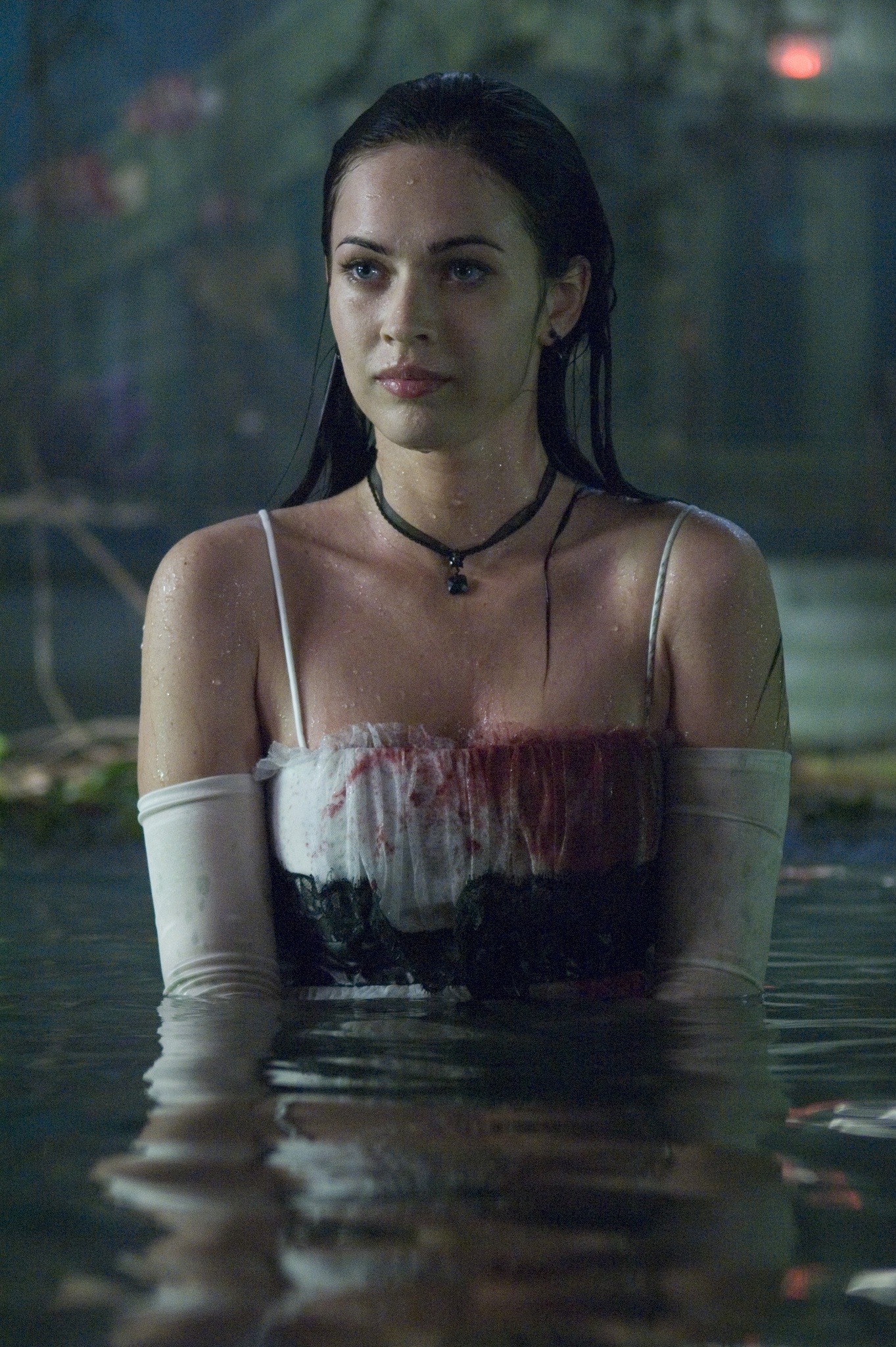
Jennifer Check (Megan Fox) and Needy Lesnicky (Amanda Seyfried) have been best friends since high school in “Jennifer’s Body,” which starts out lightheartedly. Jennifer is the class’s hottest and most popular hottie, while Needy is, well, needy. Hopefully that’s her nickname. What kind of parents would call their child Needy?
Needy, who was once a bashful kid, is now an angry mental patient in solitary confinement who recalls the story in flashbacks. Jennifer has been her friend since childhood, despite the fact that they have little in common. Jennifer brings Needy to a local dive bar to see indie rock band Low Shoulder perform one night.
Despite Needy’s attempts to stop her, Jennifer agrees to leave with the band after a strange fire engulfs the bar, killing numerous people. Jennifer arrives in Needy’s kitchen later that evening, covered in blood, and continues to consume food from the refrigerator. She vomits a trail of black, spiky goo and rushes away, unable to ingest the stuff.
The story progresses with loads of seductress-style horror sequences, which leaves Needy in shock to see her best friend behave so absurdly. It is found out that the band, Low Shoulder, that visited, had taken Jennifer as a sacrifice for the devil, but the ritual backfired and now she is equipped with a demon inside of her.
The movie ends in a rather predictable manner with all time close friends having to battle it out. Of course, Needy comes out the winner. Or maybe not, since she gets locked away in solitary confinement later on.
The plot’s most obvious quality is its great execution: once the setup is in place, the film moves in a more or less linear but entertaining fashion to its anticipated destination—Needy in the slammer—with several twists along the way, some of which are ingenious. Jennifer murders a boy, teases Needy, murders another boy, taunts Needy once more, kills Needy’s boyfriend, Chip (Johnny Simmons), and so on. Karyn Kusama’s direction of this otherwise generic story is dealt with flair and creativity.
Indeed, there’s something special about it all, a rush of pleasure/thrill that grows stronger as the wounds and humiliations inflicted on poor Needy mount, gradually eclipsing the film’s early wit. Jennifer’s Body should delivers way more than what you ask for, and hence it is on our list for you to watch as well.
Titane (2021)
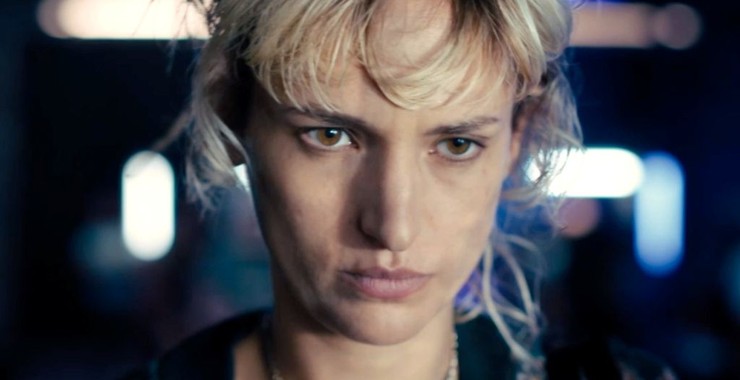
“Titane” is fascinated by the body’s vulnerabilities and demands, its consuming processes, and how “we” try to deal with it all, either by feeding ourselves or by dispersing the need into other things. Neither method is pleasurable or socially acceptable. “Titane,” the Cannes Film Festival’s Palme d’Or winner this year, is an extreme film, brutal, merciless, and humorous, yet the room it creates for compassion as well as reflection makes it a “very” thought-provoking film.
Since the tragic automobile accident that almost took her life, Alexia has been surviving with a high-purity, medical-grade titanium alloy implant securely attached to her skull. Alexia, now a hidden dancer at underground automotive exhibits, has acquired a fetishistic attachment for cars 10 years after her major cranioplasty, rather than being scared of them.
Meanwhile, while the city is terrorized by a series of gruesome crimes, the anguished father, fire chief Vincent, is reunited with his long-lost son, Adrien, who has been missing for a decade. Adrien, is actually Alexia, who is under disguise so as to escape from the radar of the police for the crimes she had committed.
Alexia is also pregnant at this point in time. The crux of the story involves the intricacies of such a complex relationship, where compromise and loyalty are key game changers. It also tackles the concept of being comfortable in your skin, which is a rather relevant topic in this day and age.
It performs a surprising bait and switch, transforming tone and narrative to an undercover operation in which Alexia appears to be the grown-up Adrien who went missing as a child. Vincent, Adrien’s father (Vincent Lindon, who offers another superb performance in this film and complements Agathe Rousselle’s in thematic context), appeared to never give up hope of seeing his son again.
Titane can comprises of a vast emotional depth, althoughyou can say it feels as if it could have benefited even more than it already has, from a deeper dive into Alexia’s home background and what drove her to become a serial killer.
Nonetheless, these are engrossing individuals, to the point where, by the time Julia Ducournau closes things up, connecting together numerous plot threads, one is shocked and puzzled by past horror shifting to unusual beauty. This is a very distinctive movie that has to be seen to understand and enjoy.
The Love Witch (2016)

Elaine, a beautiful young witch with raven hair, lives in a splendid Victorian home someplace in a picturesque small town in northern California in the hopes of meeting true love. The femme fatale is ready to go to great lengths to locate a suitable replacement for her recently killed spouse and, in the end, to satisfy her ravenous desires by concocting hidden magic potions and executing ancient rituals.
However, as Elaine’s pathological fixation begins to leave a trail of love-smitten men in her wake, a curious detective eventually breaks her spell. Meanwhile, she rents a house filled with tacky artwork based on occult imagery and becomes friends with Trish (Laura Waddell), with whom she enjoys tea at an all-tea women’s shop.
Elaine has an easy time attracting men, starting with Wayne, a charming professor (Jeffrey Vincent Parise). She tires of their clinginess when she obtains their loyalty, which causes them to feel levels of feeling that aren’t “natural” for a man.
Elaine encounters and murders a number of men, finally attracting the attention of a muscular, square-jawed investigator (Gian Keys). Director Anna Biller doesn’t extract her premise for all of the drama it has to offer, and she never quite solves the mystery of what to do with a villainous heroine who is resistant to change, but she has no trouble stretching the story’s gender politics in new and interesting directions or keeping the lightheaded vibe going until the very end.
Despite the fact that The Love Witch looks to be set in the 1960s, with antique automobiles and clothing, there are indications throughout the film that it is actually set in the present day. (In this world, for example, sleek contemporary cell phones exist.)
The Love Witch has been described as a film depicting patriarchy’s actual cost, which is technically right and adds to the severity of the picture. The film does invoke the history of witchcraft (or a comedic interpretation of it) as a revolt against male-dominated systems that elevate female sexuality as a source of power.
And Samantha Robinson takes us far into the darkest depths of a woman who has always desired men to look at her like she’s a genuine person, but has been denied that basic respect for so long that simply catching their gaze has degraded her to something less. Elaine considers herself to be “simply a little girl fantasizing of being taken away on a white horse,” yet she’s grown into a self-centered monster. This movie stands as a relevant example to modern day happenings, and easily gets a spot on our list too.
Suspiria (2018)
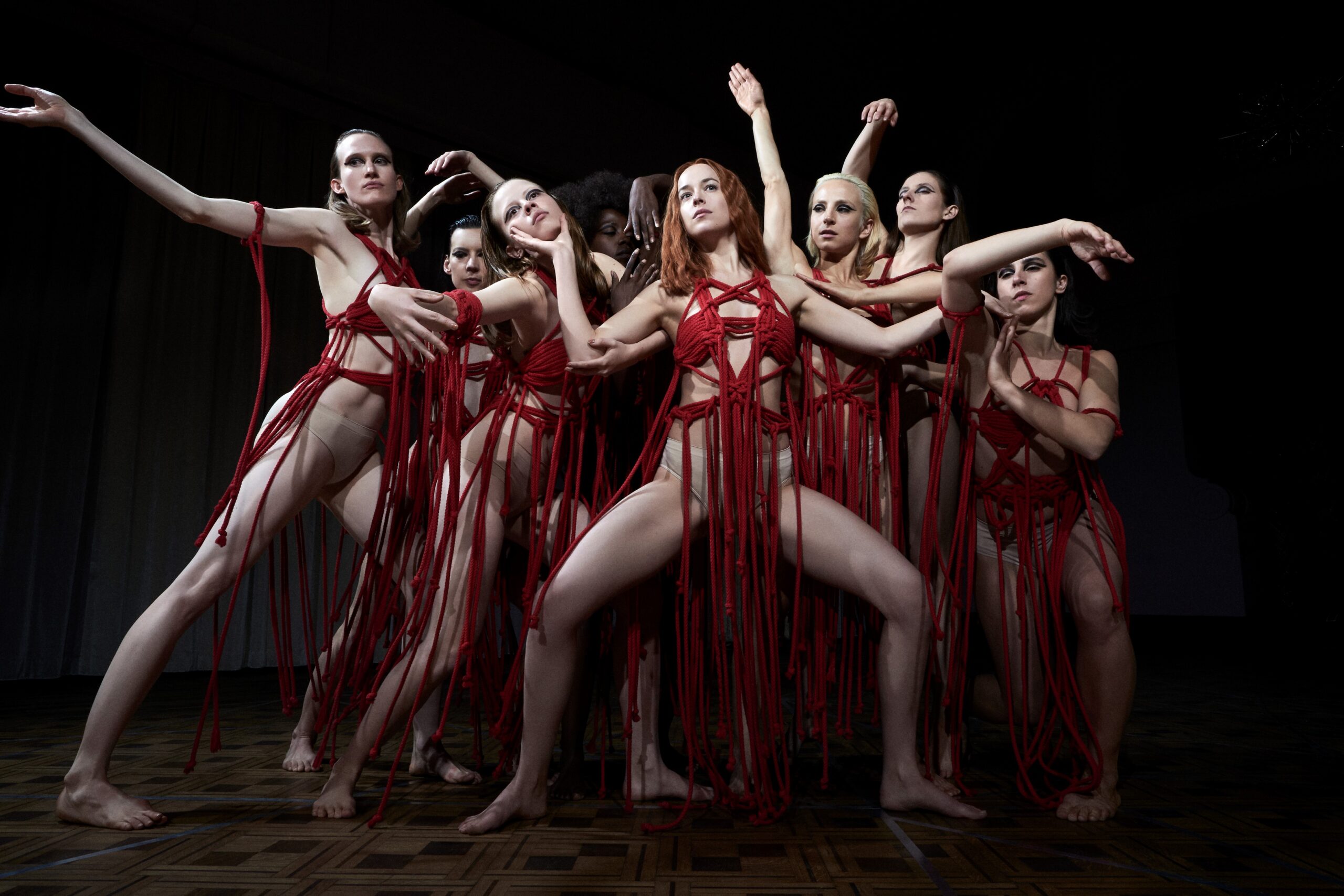
Suspiria is a major film directed by Luca Guadagnino. It takes him roughly two and a half hours to finish his duplicate of Dario Argento’s well-known horror picture from the 1970s (the original clocks in at nearer one hundred minutes). In its length, it features a lot of atmosphere, great cinematography, and ridiculous terrifying moments.
Susie Bannion (Dakota Johnson), a young American dancer, arrives in West Berlin for an audition with the Markos Dance Company, which is situated in a mansion across a dreary and lonely street from the Berlin Wall.
Though she quickly rises through the ranks of the dance group, drawing the attention of choreographer Madame Blanc (Tilda Swinton) and landing a lead role, she soon suspectsthat something is wrong: the elder women who run it are witches who prey on younger female dancers in order to sustain it and, in particular, to help revive Helena Markos, the company’s founder (also played by Swinton).
The movie delves deep into the psyche of the characters involved and tries to incorporate it all seamlessly with the witchcraft theme throughout its duration. It isn’t possible to put the entire synopsis in a nutshell as this is quite a long movie, relatively speaking.
Suspiria is one of those films that has a lot going on. There are six acts and an epilogue in the play. It’s a film that lingers in your mind long after you’ve watched it. It gives you something to do, but as an audio-visual experience, it’s mesmerising.
The most memorable scenes of Suspiria are delivered in a series of nightmare montages. These strange visual collages get progressively more vivid, and can be overwhelming. The film comes to a close with a visually and aurally stunning finale. The movie hits you on a profound level, and it’s in this sense that it feels like it captures some of Argento’s original spirit.
Dakota Johnson strikes a striking figure on film, rising to her character’s set challenges. Sara, a fellow dancer, is played by Mia Goth, while original star Jessica Harper makes a cameo appearance. Tilda Swinton has three roles in the film, which are handled as gracefully and justifiably as one could.
The school is a beautiful looking location set against the gloomy German countryside, and its enormous empty halls and mirror-lined studios provide a wonderful disorienting backdrop. Suspiria is a meticulously crafted film. Madame Blanc is a sophisticated matriarch, and shares an intriguing relationship with Susie, and Eva Goth as the rebellious, chain-smoking Sara is terrific.
May (2002)

“May” begins as a strange young woman’s narrative; it seeks for laughs and succeeds; it functions as a black comedy; and it quickly swings past the humour and into a representation of lunacy and misery.
May (Angela Bettis) is a young woman who has experienced a difficult childhood. As a youngster and as an adult, her only company is a doll that her mother made for her. It’s stored in a glass case, and she’s not allowed to remove it.
She is a veterinary assistant, yet she is a shy young lady. She wants to connect with people, but it appears that all of her efforts have failed. When she meets Adam (Jeremy Sisto), a young filmmaker who loves her oddity, everything changes.
Everything looks to be going swimmingly until one night when she sees his short film. May misunderstands the message and interprets it as something he enjoys. It terrifies him, so he tries to stay as far away from her as he can. May is devastated by this. She only wants to be with the perfect partner.
She looks for it in her coworker Polly (Anna Faris) and a stranger she encounters on the street, Blank (James Duval). She even makes an effort to connect with a group of blind children with whom she works to assist. From here on out the movie portrays several scenarios wherein May tries to socializebut ends up failing miserably which sets her off on an infuriated, violent path, just so that she can be someone in the eyes of this cruel world.
This film’s storyline is outstanding. It may appear sluggish at first, but as it reaches its conclusion, it is well worth the wait. At certain points in the novel, the interactions between the various characters felt realistic and well-developed.
As the socially anxious young girl, Angela Bettis is nothing short of fantastic. Her portrayal is amusing, terrifying, desperate, and poignant all at the same time. Anna Faris demonstrates why she is one of the best comedy actors of her generation once again.
Throughout the film, Sisto and Duval are incredibly consistent. “May” is fantastic because it is more than just a horror flick. Its themes distinguish it from other slashers. Loneliness is a major topic, and with each mistake May makes, she pushes herself further into isolation. It’s not her fault, but regardless of how hard she attempts, she just can’t seem to connect with people.
Raw (2016)

Freshman Justine (Garance Marillier) is a staunch vegetarian who attends the elite Saint-Exupéry Veterinary School. As she leaves the family home, Justine joins a strange new world of peculiar school traditions and terrible initiation challenges, and she’ll have to chew over her immovable herbivorous notions before long.
As Justine dives farther and deeper into a dark world of unexplored animalistic tendencies, an unexpected and equally horrific desire for meat transforms her into something she never imagined.
The School’s older students, who want to be referred to as “Great Ones,” perform a weird initiation ritual in which they drown the freshmen in a rain of blood from above and compel them to consume a raw rabbit kidney followed by a shot of vodka. In Julia Ducournau’s debut feature film, Raw, this triggers a massive awakening. Justine develops new desires against the backdrop of dull academic life.
Ducournau explores a rather forbidden issue (at least in certain conservative circles) of female sexuality in film by using one controversial theme, cannibalism. She produces a beautifully feminist network of intellectual symbolism by creating a complex metaphor for coming of age and sexual awakening. Raw is a startlingly creative and skillful, full of visceral horror and deep reflection on the various desires of adolescence.
Garance Marillier offers a remarkable performance as a little girl thrust into a chaotic, often dangerous scenario with few friends. Her elder sister, Alexia (Ella Rumpf), is her lone confidante and a senior at the same school. She is the driving force behind Justine’s change throughout the film, convincing her to give up her vegetarianism and fulfil her meat cravings.
Alexia and Justine’s relationship is anything but traditional, despite their shared love of human flesh. Justine is prevented from murdering her sister by the power of her familial love. Instead, she brings her to the shower to clean her up, a scenario that shows a change in both of their personalities.
Whereas Alexia used to be the boss, her younger sister now appears more composed, demonstrating a noticeable increase in confidence that reads as a message of female empowerment.
This message is especially powerful at the conclusion of ‘Raw.’ Justine is returned to her family, where her father sits her down and explains that neither she nor her sister are to blame for what has transpired. He tells Justine that her mother suffers from the same affliction, unbuttoning his shirt to display many bite marks on his chest.
Raw is a picture about female liberation and sexual discovery in which cannibalism serves as a metaphor for greater social problems, and Ducournau’s work is without a doubt one of the finest horror films of the decade.
